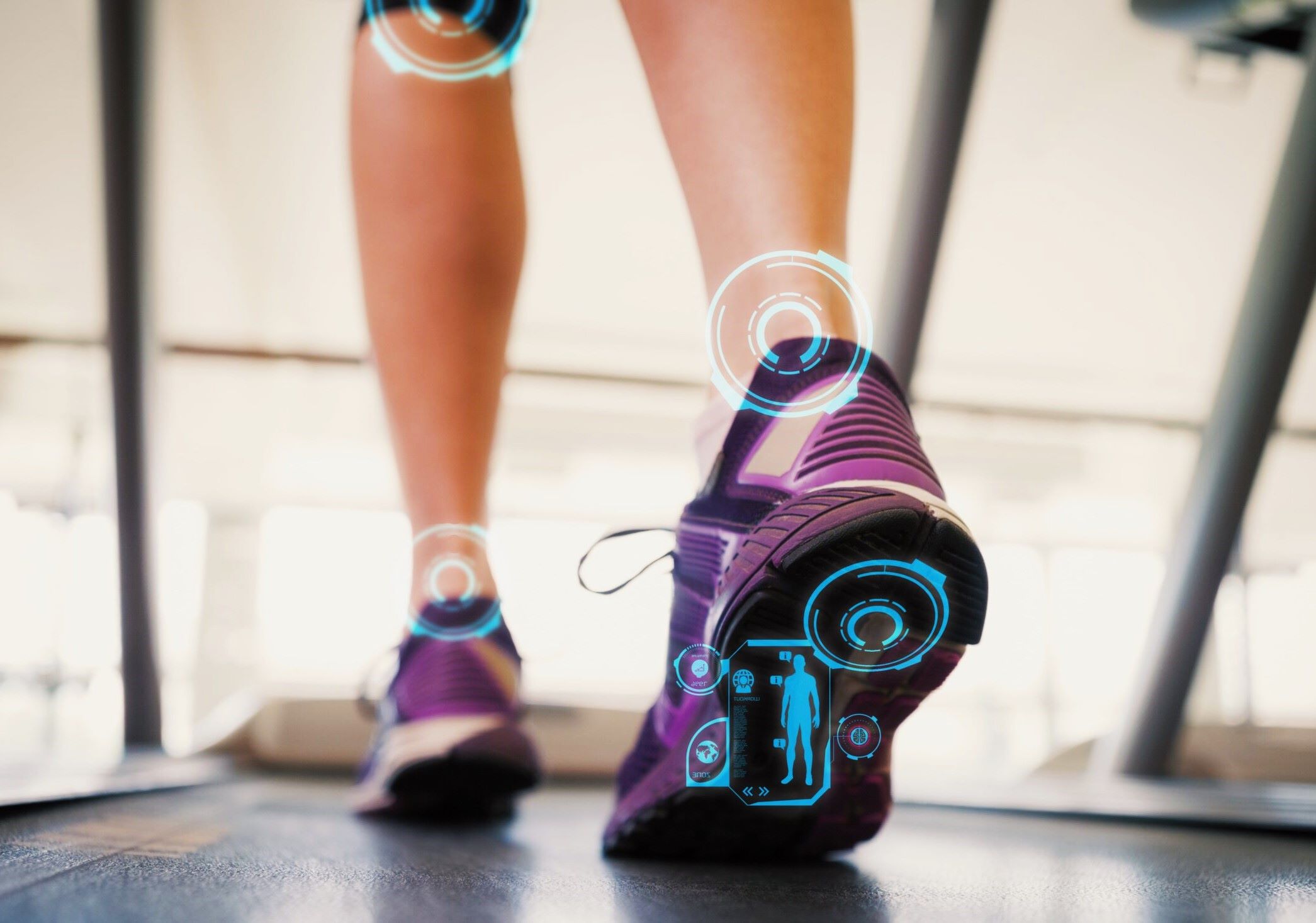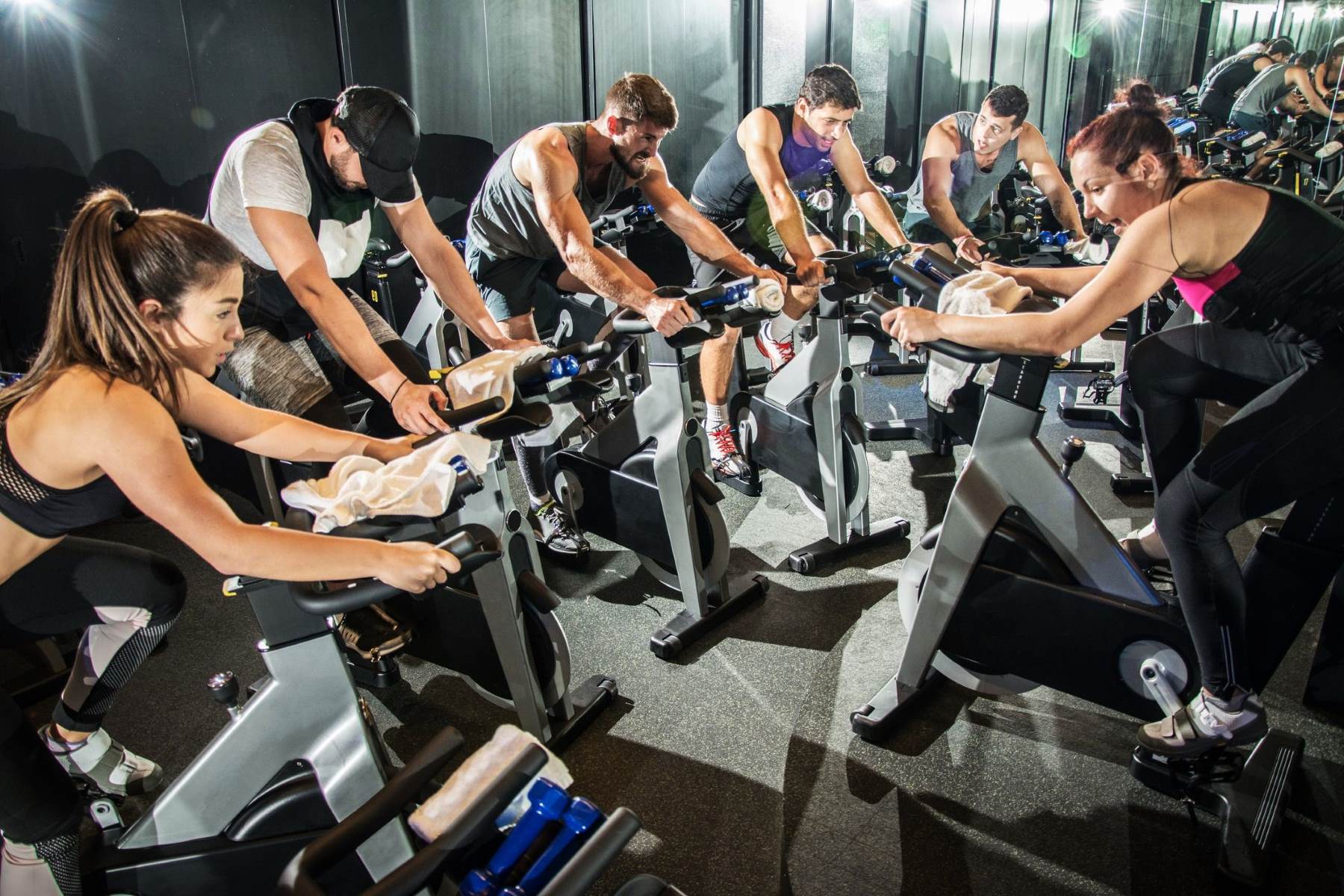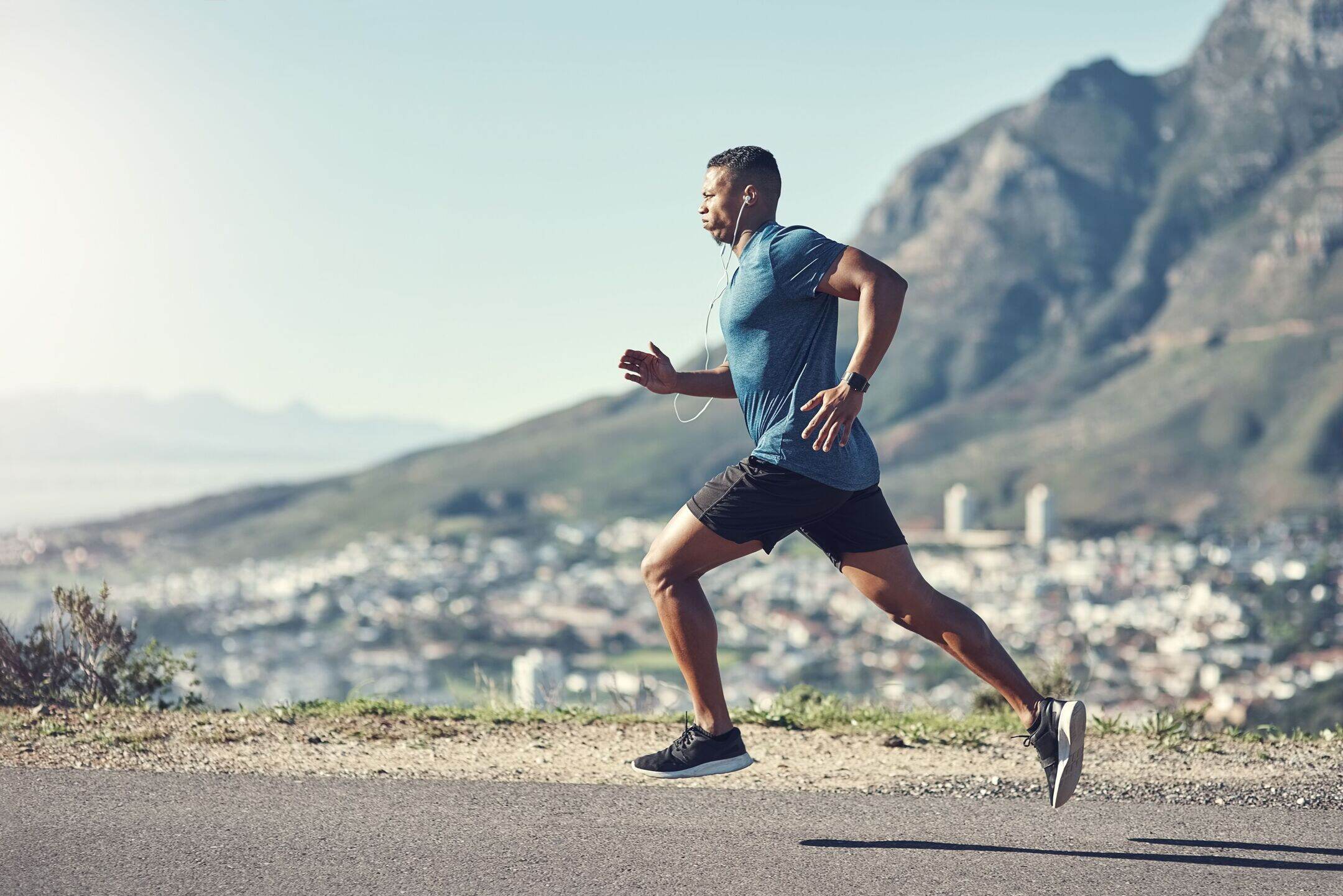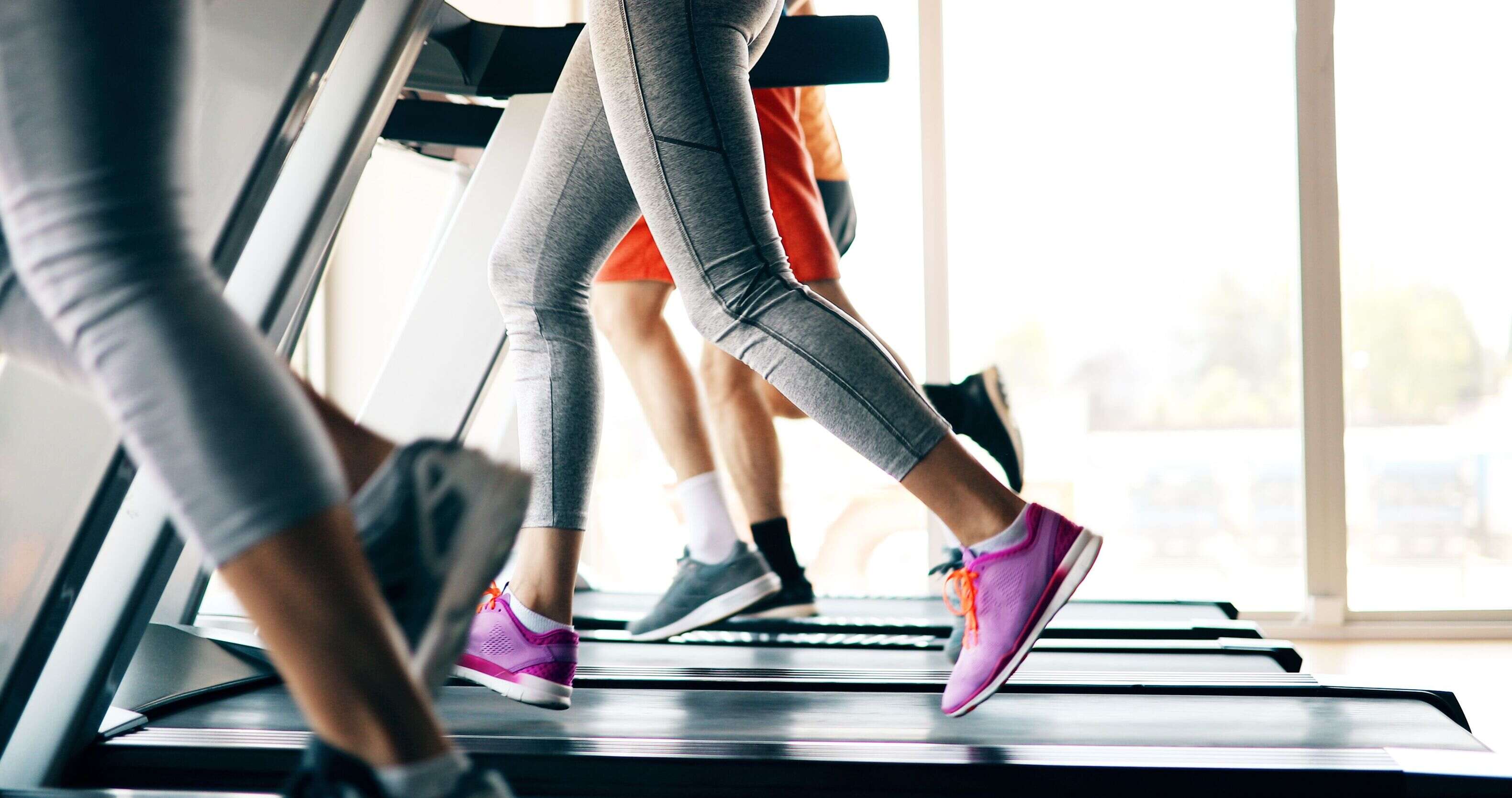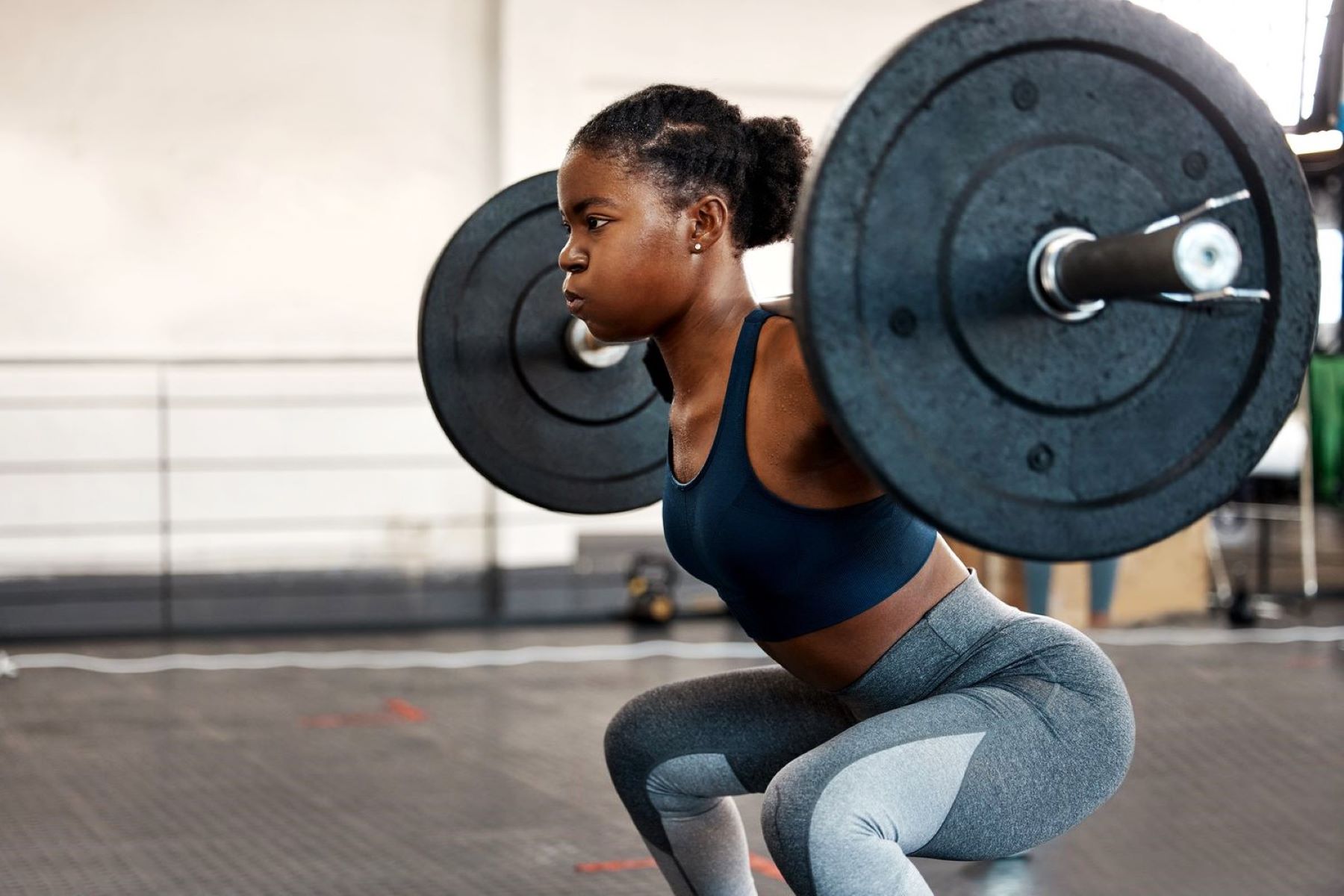Home>Training & Techniques>Enhancing Hip Control For Improved Running Performance
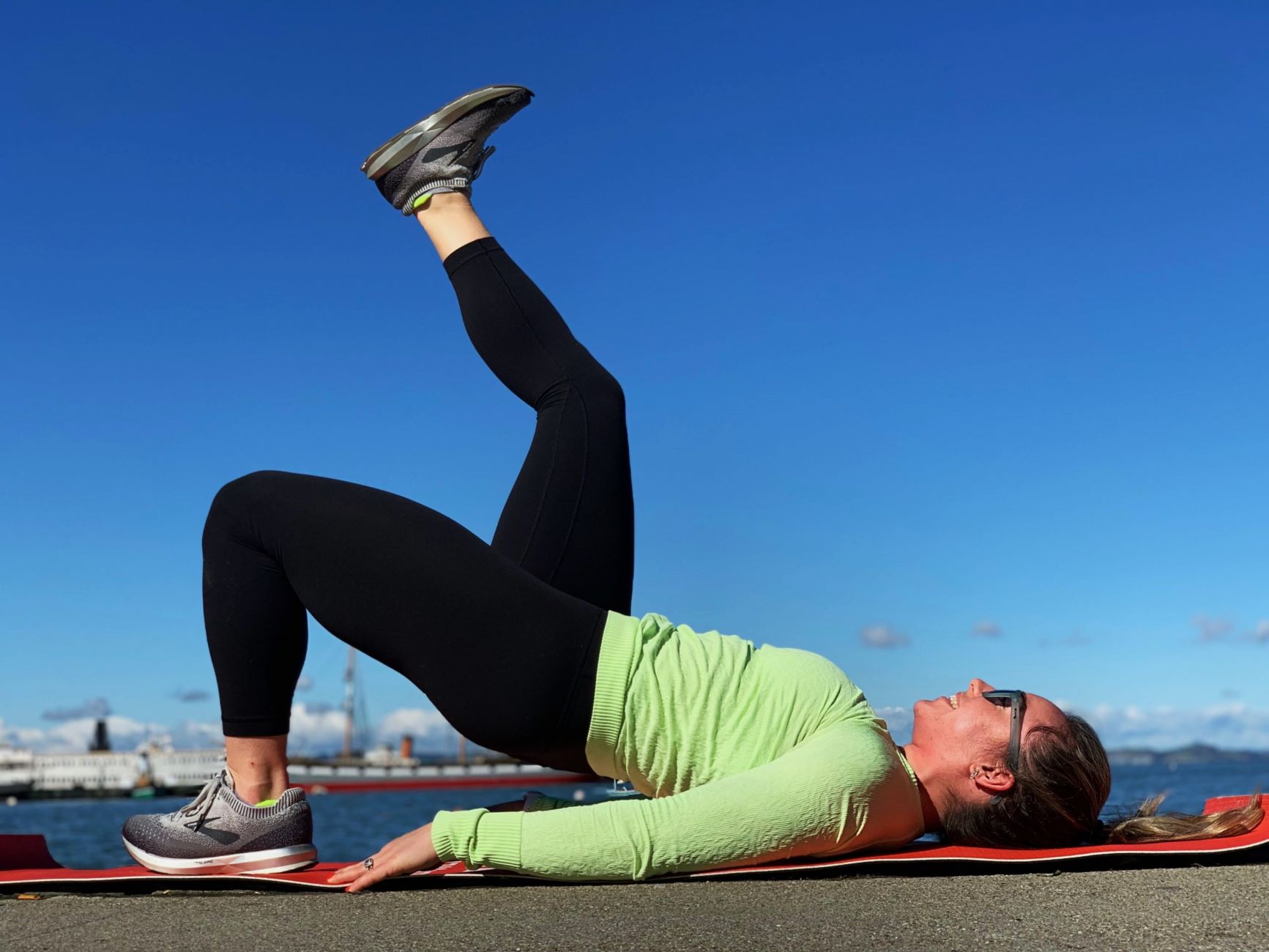

Training & Techniques
Enhancing Hip Control For Improved Running Performance
Published: March 1, 2024
Improve your running performance with effective hip control training and techniques. Enhance your running form and speed with targeted exercises.
(Many of the links in this article redirect to a specific reviewed product. Your purchase of these products through affiliate links helps to generate commission for Therunningadvisor.com, at no extra cost. Learn more)
Table of Contents
- Understanding the Role of Hip Control in Running
- Common Issues with Hip Control in Runners
- Importance of Strengthening Hip Muscles for Running Performance
- Effective Exercises for Improving Hip Control
- Incorporating Hip Control Training into Your Running Routine
- Monitoring and Assessing Hip Control Progress
Understanding the Role of Hip Control in Running
Hip control plays a pivotal role in the overall performance and efficiency of running. The hips serve as the powerhouse of a runner's stride, providing stability, balance, and propulsion. Proper hip control enables runners to maintain an optimal stride length and frequency, leading to enhanced speed and endurance. Understanding the significance of hip control in running is essential for athletes looking to improve their performance and prevent injuries.
The hip joint is a complex structure that connects the lower body to the trunk, serving as a crucial link in the kinetic chain during running. Efficient hip control involves the coordinated activation of various muscles surrounding the hip joint, including the gluteal muscles, hip flexors, and deep stabilizing muscles. These muscles work synergistically to stabilize the pelvis, control leg movement, and generate power during each stride.
Inadequate hip control can lead to a range of issues for runners, including decreased running efficiency, increased risk of overuse injuries, and altered biomechanics. When the hip muscles lack the strength and coordination necessary for optimal control, compensatory movements and imbalances may occur, negatively impacting running performance.
Furthermore, poor hip control can contribute to a variety of common running-related injuries, such as iliotibial band syndrome, patellofemoral pain syndrome, and hip impingement. These injuries often stem from biomechanical abnormalities resulting from inadequate hip stability and control during running.
By understanding the critical role of hip control in running, athletes can proactively address any deficiencies and work towards optimizing their running mechanics. Through targeted training and exercises, runners can enhance their hip control, leading to improved performance, reduced injury risk, and a more efficient running gait.
In the subsequent sections, we will delve deeper into the common issues associated with hip control in runners, the importance of strengthening hip muscles for running performance, effective exercises for improving hip control, and strategies for incorporating hip control training into a running routine. Additionally, we will explore methods for monitoring and assessing hip control progress, providing a comprehensive guide for runners seeking to elevate their performance through enhanced hip control.
Common Issues with Hip Control in Runners
In the realm of running, hip control stands as a fundamental element that significantly influences performance and injury prevention. However, many runners encounter common issues related to hip control that can impede their running efficiency and predispose them to potential injuries. Understanding these prevalent challenges is crucial for athletes aiming to address and rectify them effectively.
One of the primary issues faced by runners is inadequate activation and coordination of the hip stabilizing muscles. The gluteus medius, in particular, plays a pivotal role in maintaining pelvic stability during running. When this muscle fails to engage effectively, it can lead to excessive hip drop on the opposite side during each stride, a phenomenon known as Trendelenburg gait. This imbalance not only compromises running efficiency but also increases the risk of overuse injuries, such as iliotibial band syndrome and patellofemoral pain syndrome.
Another common issue with hip control in runners is the lack of strength and endurance in the hip abductor and external rotator muscles. These muscles are essential for stabilizing the pelvis and controlling the inward collapse of the knee, a movement pattern often associated with poor hip control. When these muscles are weak or fatigued, runners may experience compromised biomechanics, leading to inefficient energy transfer and increased stress on the lower extremities.
Furthermore, inadequate hip mobility can contribute to issues with hip control in runners. Restricted hip mobility can limit the range of motion during each stride, potentially leading to compensatory movements and altered running mechanics. Tight hip flexors, in particular, can hinder the extension of the hip joint, impacting the propulsion phase of the running gait and diminishing overall performance.
Additionally, asymmetries in hip control between the left and right sides can pose significant challenges for runners. Discrepancies in strength, coordination, or mobility between the two hips can result in imbalances during running, potentially leading to asymmetrical loading and increased susceptibility to injuries on the weaker side.
Addressing these common issues with hip control is paramount for runners seeking to optimize their performance and minimize the risk of running-related injuries. By identifying and targeting these specific challenges through tailored training and corrective exercises, runners can work towards enhancing their hip control, ultimately leading to improved running efficiency and a reduced likelihood of experiencing hip-related injuries.
Importance of Strengthening Hip Muscles for Running Performance
Strengthening the hip muscles is of paramount importance for runners aiming to optimize their performance and minimize the risk of running-related injuries. The hip muscles play a crucial role in providing stability, power, and control during running, making them a focal point for enhancing overall running efficiency.
By targeting the hip muscles through specific strength and activation exercises, runners can improve their ability to generate power and maintain proper biomechanics throughout each stride. Strong hip abductor and external rotator muscles, such as the gluteus medius and gluteus maximus, contribute to pelvic stability and control, preventing excessive hip drop and inward knee collapse. This, in turn, promotes a more efficient transfer of energy from the lower body to the ground, enhancing propulsion and speed.
Moreover, strengthening the hip flexor muscles is essential for optimizing the swing phase of the running gait. Adequate hip flexor strength and flexibility facilitate a full range of motion during each stride, allowing for optimal hip extension and improved stride length. This can lead to increased running efficiency and reduced energy expenditure, ultimately contributing to enhanced performance over various distances.
In addition to improving running efficiency, strengthening the hip muscles can help mitigate the risk of common running-related injuries. Strong and well-coordinated hip muscles contribute to better shock absorption and load distribution, reducing the impact forces transmitted through the lower extremities. This can be particularly beneficial in preventing overuse injuries, such as stress fractures, tendonitis, and muscle strains, which often result from repetitive high-impact activities like running.
Furthermore, strong hip muscles contribute to overall core stability, which is essential for maintaining proper posture and alignment during running. A stable core minimizes excessive movement and compensatory patterns, reducing the likelihood of developing imbalances and asymmetries that can lead to injuries over time.
By recognizing the significance of strengthening the hip muscles for running performance, athletes can strategically incorporate targeted exercises into their training regimen. This proactive approach not only enhances running efficiency and speed but also serves as a preventive measure against potential injuries, allowing runners to pursue their goals with confidence and resilience.
Effective Exercises for Improving Hip Control
Enhancing hip control through targeted exercises is instrumental in optimizing running performance and reducing the risk of injuries. By incorporating specific exercises that target the hip stabilizing muscles, runners can improve their overall biomechanics and running efficiency. Here are several effective exercises designed to enhance hip control:
-
Clamshells: This exercise targets the gluteus medius, a key muscle for hip stability. To perform clamshells, lie on one side with knees bent and feet together. Keeping the feet in contact, raise the top knee upward while maintaining the position of the feet. This movement activates the gluteus medius and promotes hip stability.
-
Bridges: Bridges are effective for strengthening the gluteus maximus and hamstrings, contributing to overall hip stability. Lie on your back with knees bent and feet flat on the ground. Lift the hips upward, engaging the glutes and hamstrings, and hold the position briefly before lowering back down. This exercise helps improve hip extension and pelvic control.
-
Monster Walks: Using a resistance band around the thighs, perform side steps while maintaining tension on the band. This exercise targets the hip abductors and external rotators, promoting stability and control during lateral movements. Monster walks are particularly beneficial for addressing weaknesses in these muscle groups.
-
Single-Leg Squats: Single-leg squats challenge the hip stabilizers and improve balance and control. Stand on one leg and slowly lower the body into a squat position while maintaining stability and control. This exercise helps strengthen the hip muscles while simulating the unilateral demands of running.
-
Hip Hikes: Hip hikes target the hip abductors and help improve pelvic stability. Stand on a step or elevated surface with one foot hanging off the edge. Lower the unsupported side of the pelvis downward, then raise it upward by engaging the hip abductors. This exercise enhances control and strength in the hip muscles.
-
Lateral Band Walks: Using a resistance band around the thighs, perform side steps while maintaining tension on the band. This exercise targets the hip abductors and external rotators, promoting stability and control during lateral movements. Lateral band walks are effective for addressing weaknesses in these muscle groups.
Incorporating these exercises into a comprehensive training program can significantly enhance hip control and stability, leading to improved running mechanics and reduced injury risk. By consistently integrating these targeted exercises, runners can strengthen the hip muscles, address imbalances, and optimize their overall performance on the track or trail.
Incorporating Hip Control Training into Your Running Routine
Incorporating hip control training into your running routine is a strategic approach to improving running performance and reducing the risk of injuries. By integrating targeted exercises and drills that focus on enhancing hip stability and control, runners can effectively address deficiencies in their biomechanics and optimize their overall running efficiency.
One effective method for incorporating hip control training into a running routine is to allocate dedicated time for specific hip-focused exercises during regular training sessions. This can involve integrating dynamic warm-up routines that emphasize hip activation and mobility, such as leg swings, hip circles, and dynamic lunges. These exercises prepare the hip muscles for the demands of running, promoting optimal engagement and activation during the subsequent workout.
Furthermore, integrating strength training exercises that specifically target the hip stabilizing muscles into a weekly training schedule can significantly enhance hip control. Exercises such as clamshells, bridges, single-leg squats, and lateral band walks effectively engage the hip abductors, external rotators, and gluteal muscles, promoting stability and control during running. By incorporating these exercises into strength training sessions, runners can systematically improve their hip strength and coordination, ultimately translating to enhanced running performance.
In addition to targeted exercises, integrating drills that emphasize hip control and stability can further enhance running mechanics. Incorporating drills such as high knees, butt kicks, and lateral shuffles into a running routine can help reinforce proper hip positioning, improve stride mechanics, and enhance overall running efficiency. These drills serve as valuable tools for developing neuromuscular control and coordination, essential components for optimizing hip control during running.
Moreover, integrating cross-training activities that complement running, such as cycling, swimming, or Pilates, can contribute to overall hip strength and stability. These activities engage the hip muscles in different planes of motion, providing a well-rounded approach to enhancing hip control and reducing the risk of overuse injuries associated with repetitive running movements.
Consistency is key when incorporating hip control training into a running routine. By establishing a structured and progressive approach to hip-focused exercises and drills, runners can gradually improve their hip stability and control, leading to enhanced running performance and a reduced likelihood of experiencing hip-related injuries.
By strategically integrating hip control training into a running routine, athletes can proactively address deficiencies in their hip stability and coordination, ultimately optimizing their running mechanics and elevating their overall performance on the track or trail.
Monitoring and Assessing Hip Control Progress
Monitoring and assessing hip control progress is essential for runners seeking to track their improvement in hip stability and coordination. By implementing effective strategies to evaluate hip control, athletes can gain valuable insights into their biomechanics and identify areas for further development. Here are several methods for monitoring and assessing hip control progress:
Video Analysis
Utilizing video analysis to assess running mechanics and hip control can provide valuable visual feedback for athletes. Recording running sessions from various angles allows runners to observe their hip stability, stride mechanics, and pelvic alignment. By reviewing the footage, athletes can identify any asymmetries, imbalances, or compensatory movements related to hip control. This visual assessment serves as a powerful tool for recognizing progress and pinpointing areas that require attention.
Functional Movement Screening
Incorporating functional movement screening, such as the FMS (Functional Movement Screen), can help evaluate hip control and stability through a series of movement patterns and tests. The FMS assesses fundamental movement patterns, including those related to hip mobility, stability, and coordination. By identifying any limitations or asymmetries in these movements, runners can gain valuable insights into their hip control progress and address specific areas of weakness.
Strength and Stability Testing
Conducting strength and stability testing focused on the hip muscles provides quantitative data to assess progress. Utilizing strength assessments, such as single-leg squats, hip abduction strength tests, and balance assessments, allows athletes to measure improvements in hip muscle strength and control. Tracking changes in strength and stability over time provides tangible evidence of progress in enhancing hip control.
Running Performance Metrics
Monitoring running performance metrics, such as speed, endurance, and perceived exertion, can indirectly reflect improvements in hip control. As hip stability and coordination directly influence running efficiency, tracking changes in performance indicators can offer insights into the impact of hip control training. Improved running times, reduced fatigue, and enhanced perceived comfort during running may indicate advancements in hip control.
Biomechanical Analysis
Engaging in biomechanical analysis through gait analysis or motion capture technology can offer detailed insights into hip control during running. By examining joint angles, ground reaction forces, and kinematic data, athletes can gain a comprehensive understanding of their hip mechanics and identify any deviations from optimal control. This in-depth analysis provides valuable information for assessing progress and refining hip control strategies.
By implementing these monitoring and assessment methods, runners can gain a comprehensive understanding of their hip control progress and make informed adjustments to their training and corrective exercises. Regular evaluation of hip stability and coordination is crucial for refining running mechanics, optimizing performance, and reducing the risk of running-related injuries.



